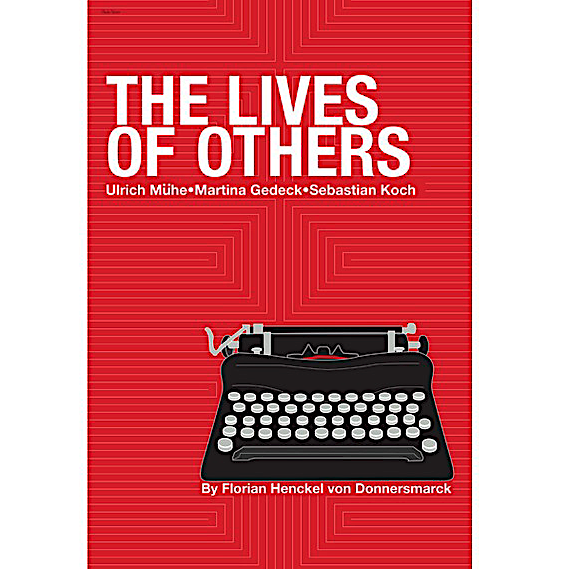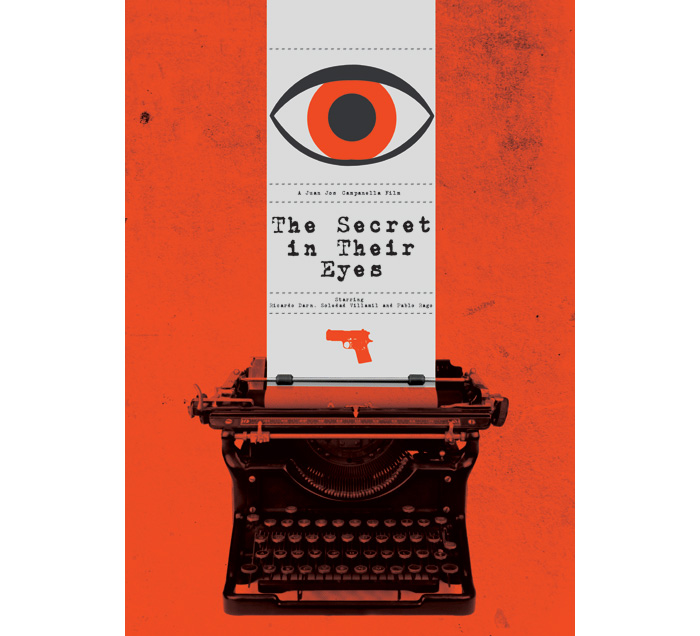There are a number of ways to come at video essayist Ariel Avissar‘s two-minute supercut of typewriters in action on film and television.
Cinema buffs will itch to connect The Typewriter’s clips to titles. Here are some of the ones we were able to identify:
Mad Men
And then there are the typewriter enthusiasts, more concerned with make and model than anything relating to cinema:
Royal
Underwood
Olympia
Clark Nova
Smith Corona
IBM Selectric
Given the obsessive nature of both camps, it’s not surprising that there would be some crossover.
Here’s a delightfully nerdy investigation of the onscreen typewriters in Naked Lunch, David Cronenberg’s adaptation of William S. Burrough’s novel.
This collector’s top 10 list gives extra consideration to scripts that “place typewriters at the heart of the story.” First and second place feature typewriters on their posters.

An IBM Selectric III in Avissar’s supercut caused one viewer to reminisce about the anachronistic use of Selectric IIs in Mad Men’s first season secretarial pool. Creator Matthew Weiner admits the choice was deliberate. The first Selectric model is period appropriate, but much more difficult to find and challenging to maintain, plus their manual carriage returns would have created a headache for sound editors.

Avissar’s round up also serves to remind us of a particularly modern problem—the ongoing quest to portray texts and social media messages effectively on big and small screens. This dilemma didn’t exist back when typewriters were the primary text-based devices. A close up of whatever page was rolled onto the platen got the job done with a minimum of fuss.
Two of the most celebrated typewriter sequences in film history did not make the cut, possibly because neither features actual working typewriters: the NSFW anthropomorphic typewriter-bug in David Cronenberg’s adaptation of William S. Burrough’s Naked Lunch and Jerry Lewis’ inspired pantomime in Who’s Minding the Store, performed, like Avissar’s supercut, to the tune of composer Leroy Anderson’s The Typewriter.
Up for another challenge? Which top Hollywood star is “obsessed with typewriters”?
Watch more of Ariel Avissar’s supercuts, including a supermoon tribute and The Silence of the Lambs’ “clever, careful fingers” on his Vimeo channel.
Related Content:
Discover Friedrich Nietzsche’s Curious Typewriter, the “Malling-Hansen Writing Ball” (Circa 1881)
Ayun Halliday is an author, illustrator, theater maker and Chief Primatologist of the East Village Inky zine. Follow her @AyunHalliday.
A Celebration of Typewriters in Film & Television: A Supercut is a post from: Open Culture. Follow us on Facebook, Twitter, and Google Plus, or get our Daily Email. And don't miss our big collections of Free Online Courses, Free Online Movies, Free eBooks, Free Audio Books, Free Foreign Language Lessons, and MOOCs.
from Open Culture https://ift.tt/38WbAqp
via Ilumina


Comments
Post a Comment